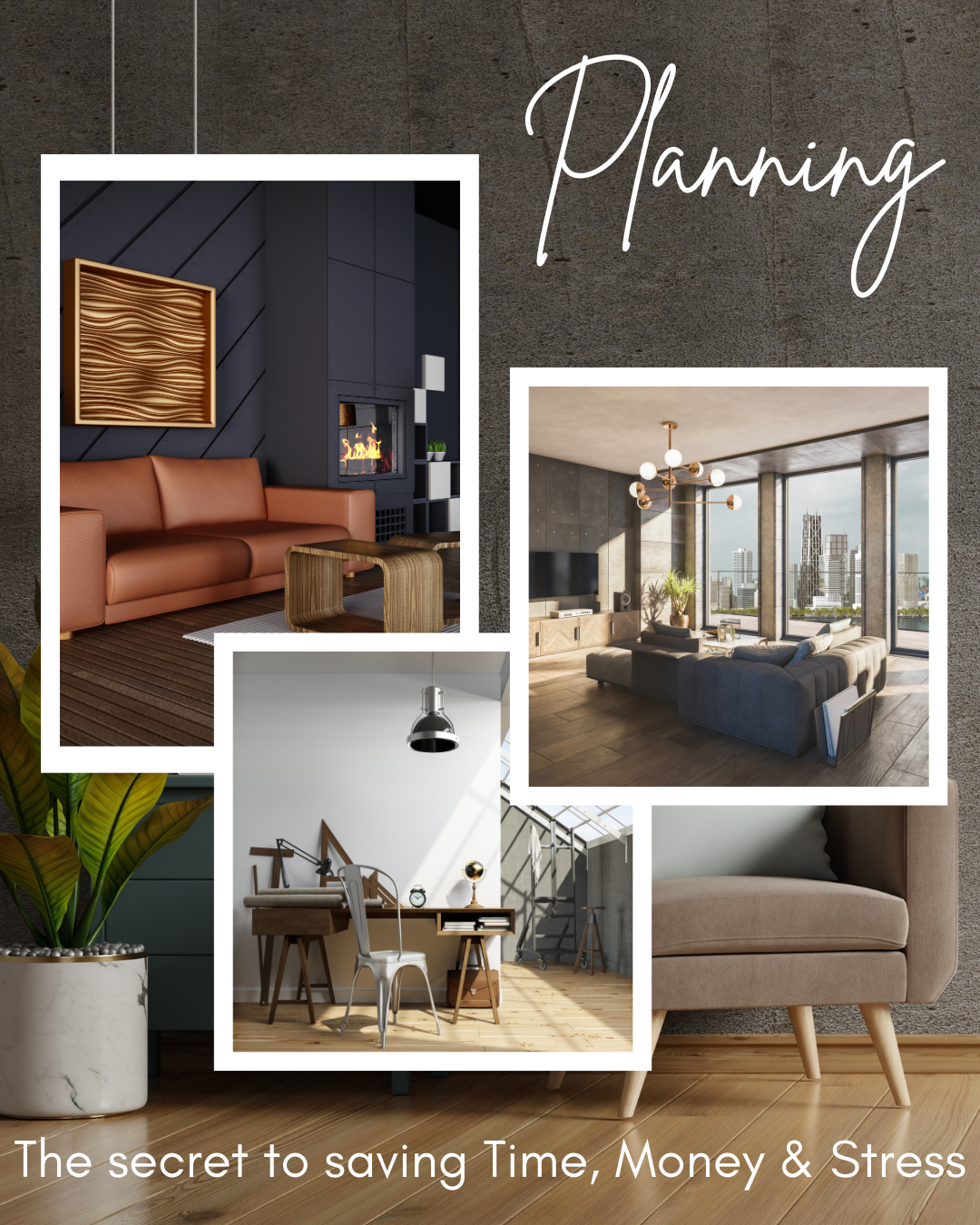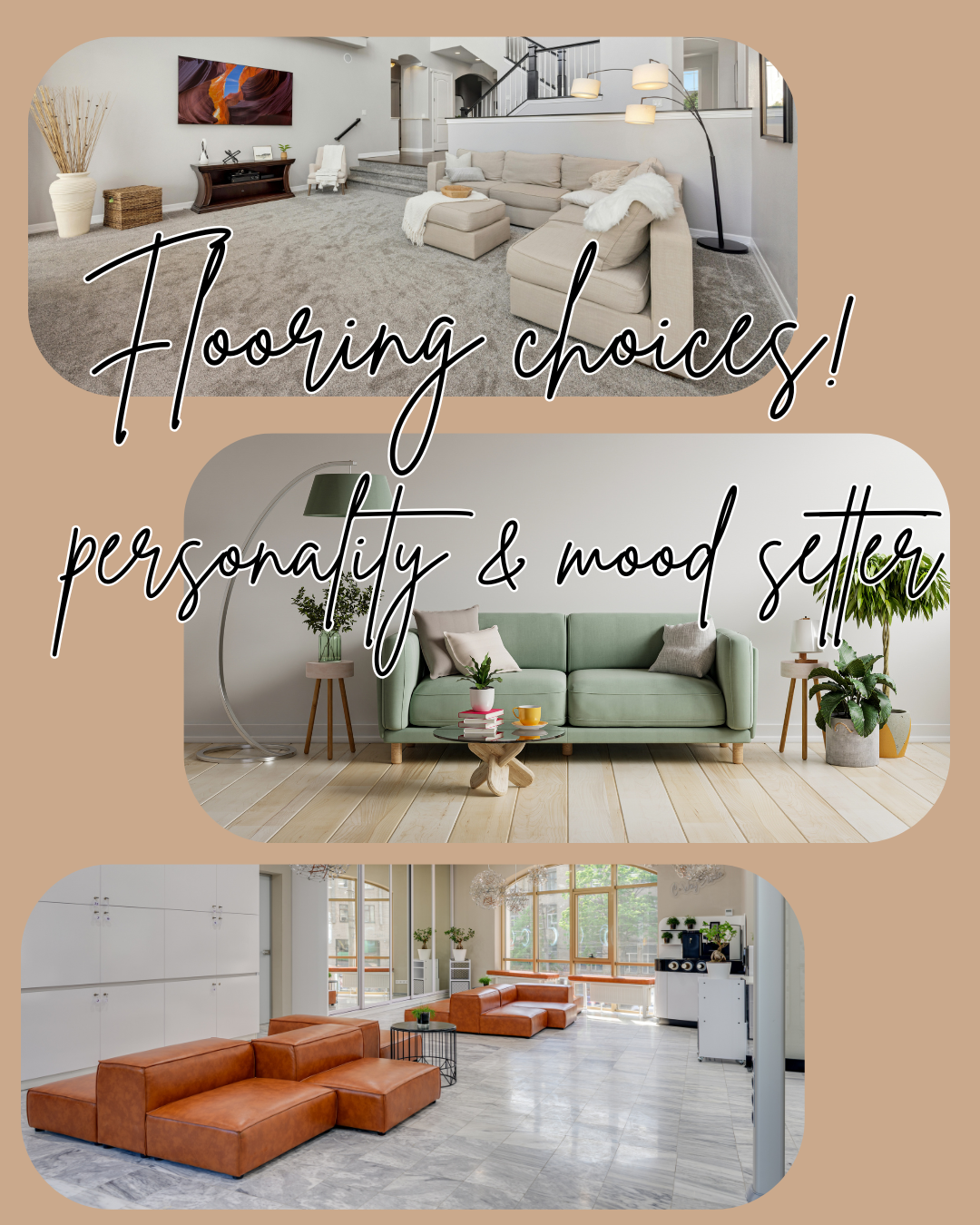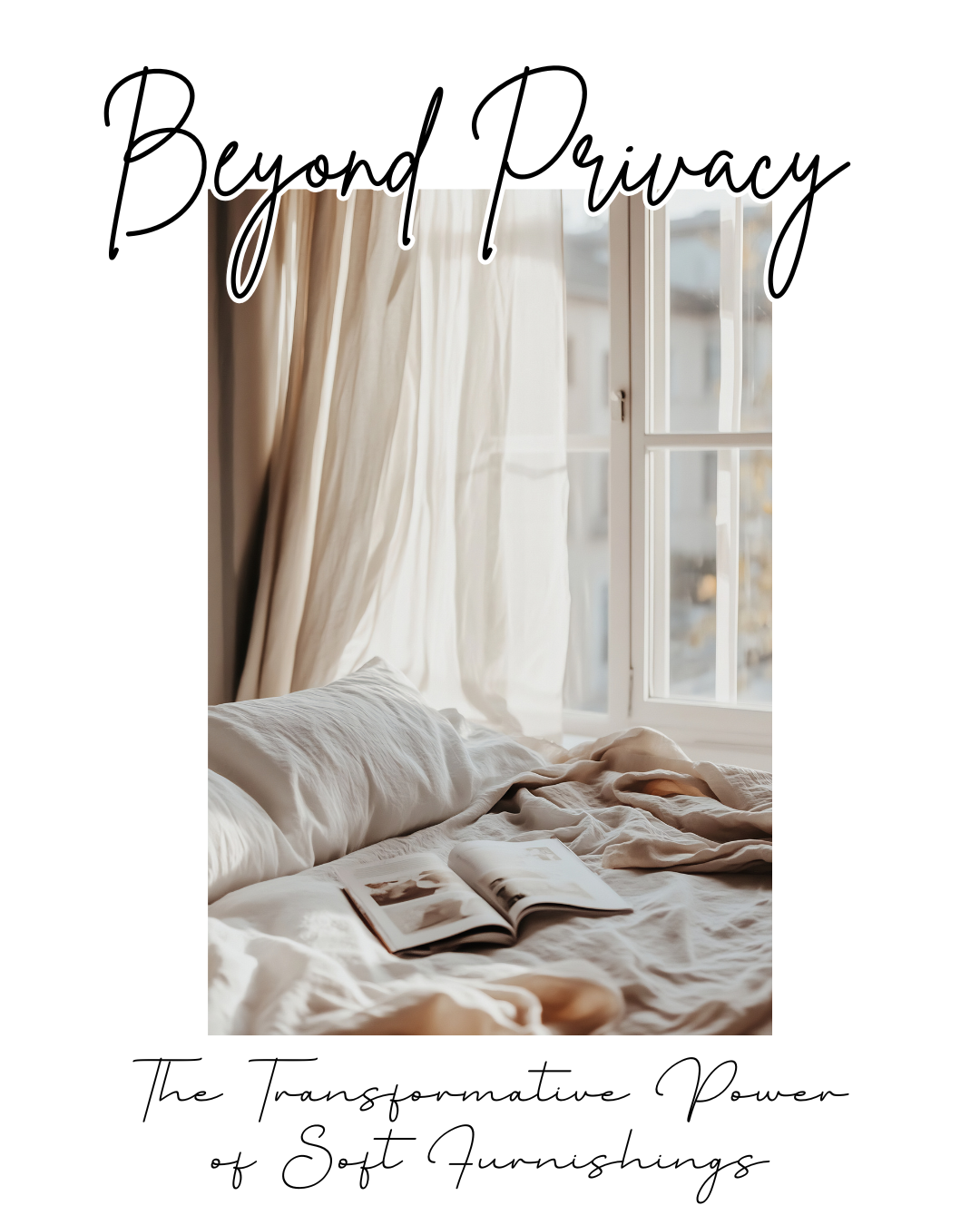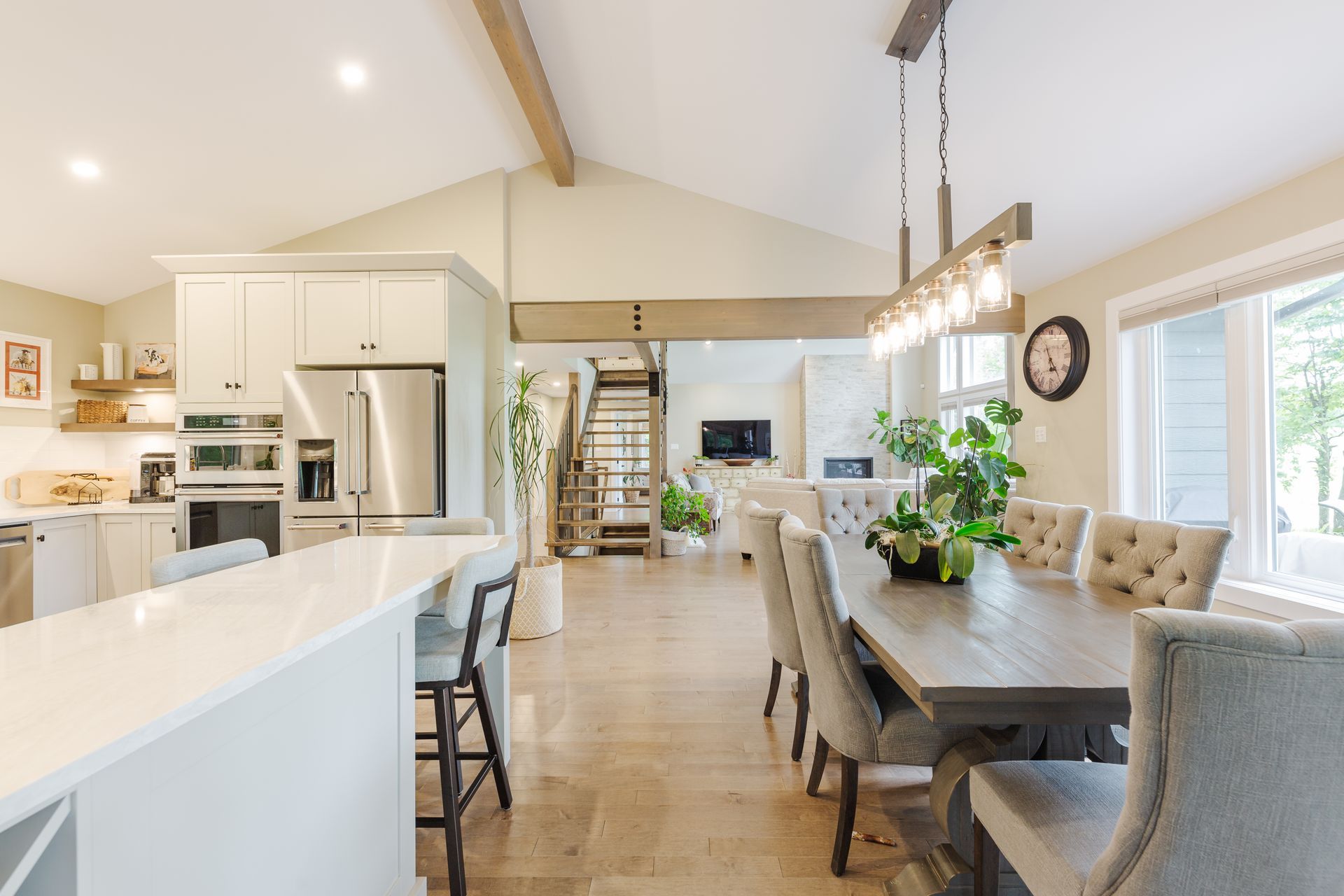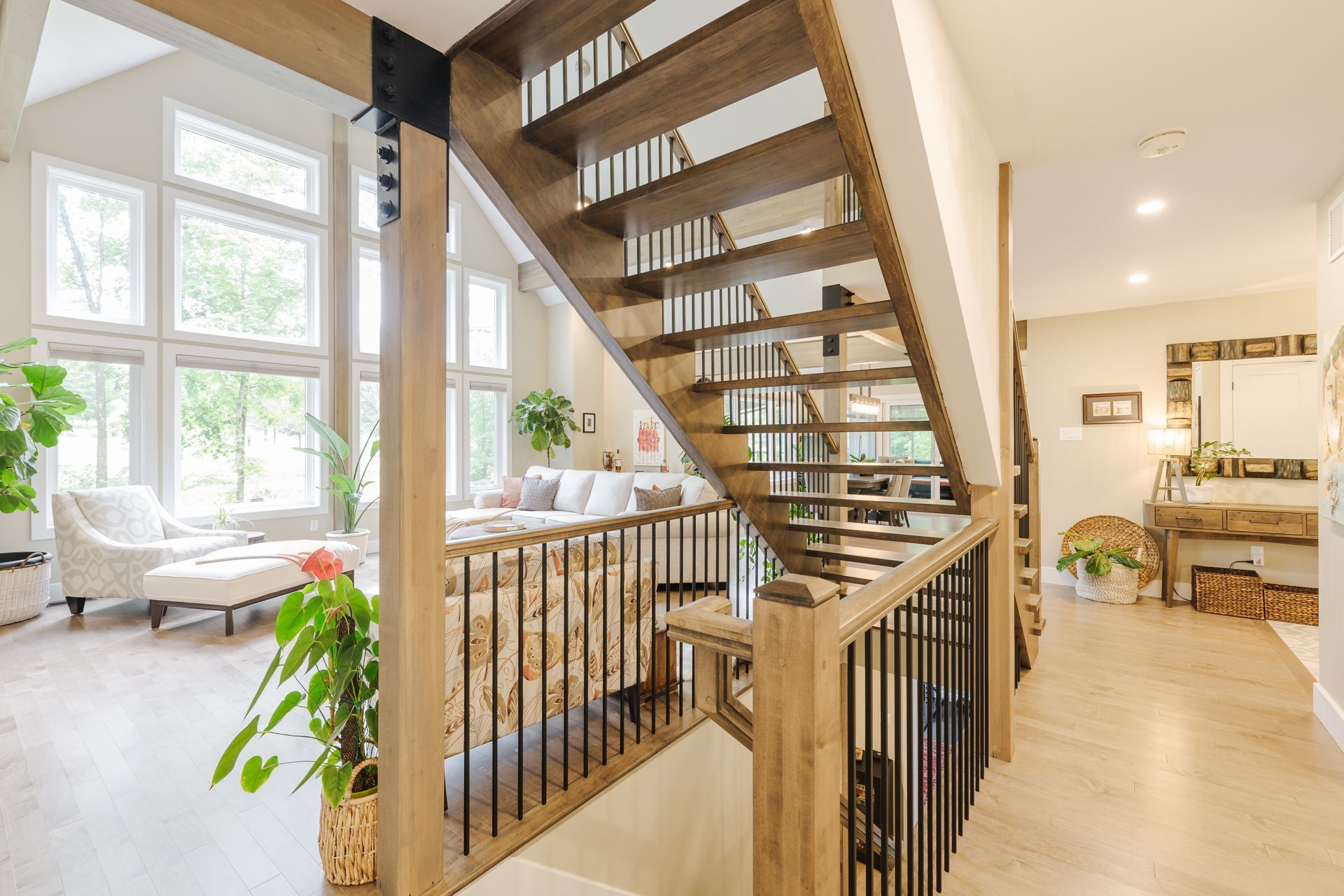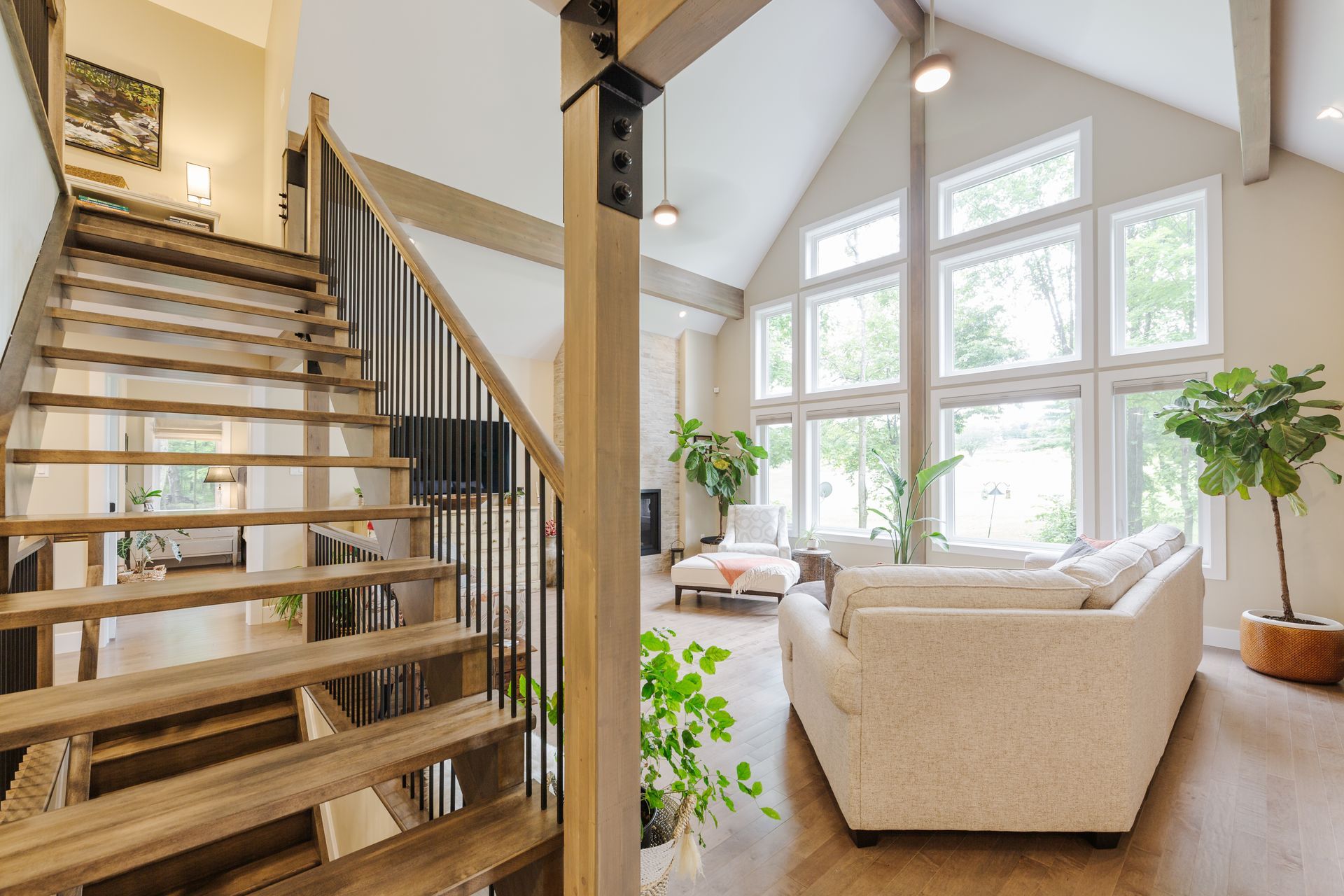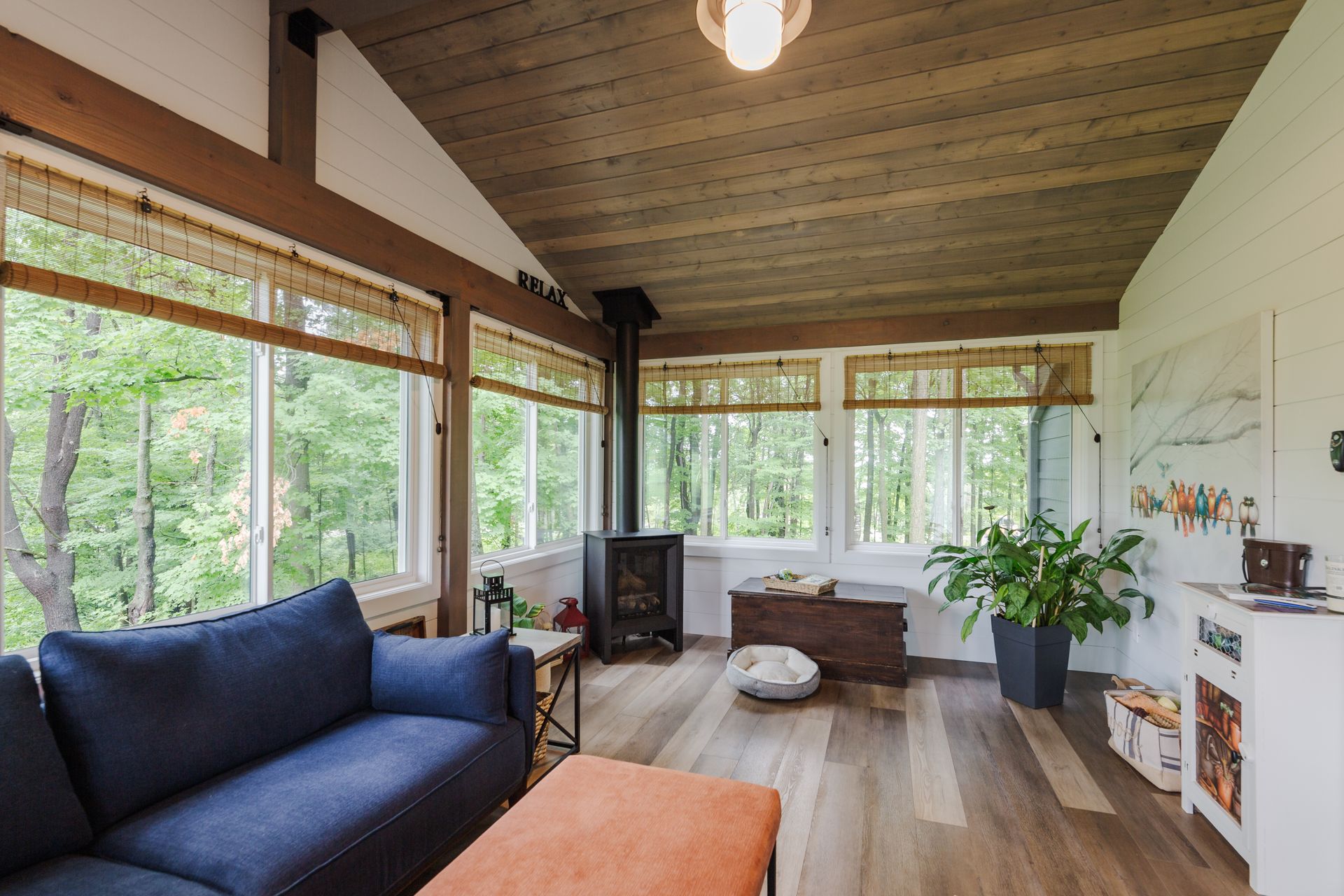Use Texture to Accent Your Assets!
When it comes to great interior design, texture is one of the most powerful, and often underrated tools in your toolkit. While color and layout may get all the attention, texture is what brings depth, warmth, and richness to a room. It has the ability to quietly (or boldly!) elevate your space by highlighting your home’s best features from architectural details to standout furniture, and even your own personal style.
Let’s talk about how you can use texture to accent your home’s assets and make your spaces come alive.
What is Texture in Interior Design?
Texture refers to the surface quality of a material - how something looks and feels. It can be soft or rough, shiny or matte, smooth or heavily patterned. In a well-designed room, textures interact with light, touch, and even sound, creating a layered sensory experience.
Think of a space with sleek leather seating paired with a chunky knit throw. Or crisp linen drapes hanging beside a raw wood beam. These combinations add visual interest, even in neutral palettes, and they draw the eye toward the elements you want to emphasize.
Highlighting Architectural Features
Do you have exposed brick, original woodwork, or ceiling beams in your space? Let those textures be the star! Balance them with smoother elements so their character really stands out. For example, pairing an industrial brick wall with soft velvet furniture highlights the contrast and brings out the richness of both.
Even subtler textures like shiplap, plaster, or beadboard can become design focal points when styled with intention.
Elevating Furniture & Decor
Texture is also your best friend when you want to make your furniture or decor pop. A sculptural side table becomes more eye-catching when placed next to a fluffy area rug. An elegant mirror shines brighter against a backdrop of matte paint or grasscloth wallpaper.
Layering textures doesn’t just look sophisticated, it tells a story. Use woven baskets, metallic finishes, natural fibers, ceramics, and textiles to enhance your furniture and create a sense of dimension throughout your space.
Creating Mood & Balance
Texture also plays a big role in setting the mood of a room. Soft, cozy textures like wool, boucle, or suede create warmth and comfort which is just perfect for bedrooms and living rooms. On the other hand, smooth and cool textures like glass, metal, or lacquer can create a more modern, airy feel.
The trick is balance. If your space feels flat or “unfinished,” adding layers of texture can instantly give it life.
Final Thoughts: Design You Can Feel
Texture brings emotion, character, and depth into your home. It's the quiet hero of great design — the element that makes people want to touch, linger, and stay awhile.
So the next time you're styling a room or planning a redesign, don’t just focus on what you see. Think about what you feel. Use texture to accent your assets, highlight your favorite features, and create a home that feels just as good as it looks.
Need help layering textures like a pro? Let’s work together to bring your vision to life!
